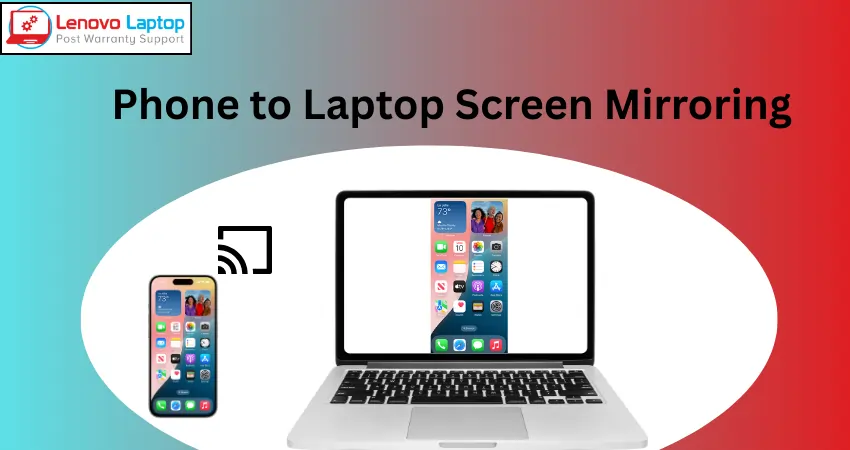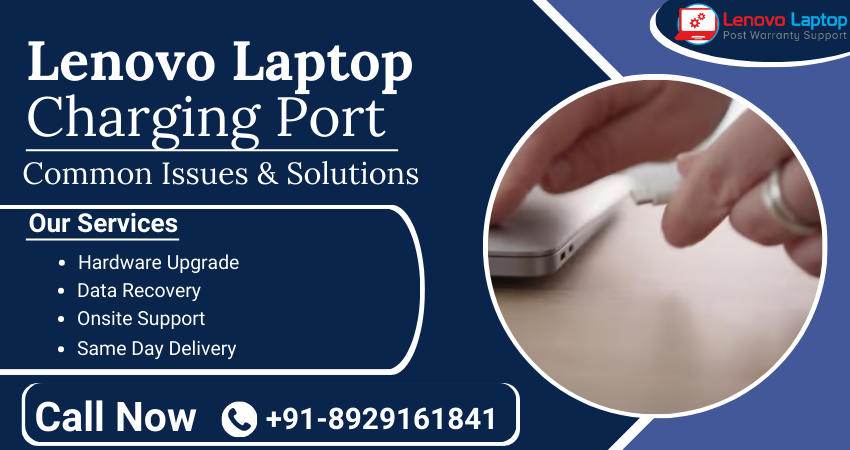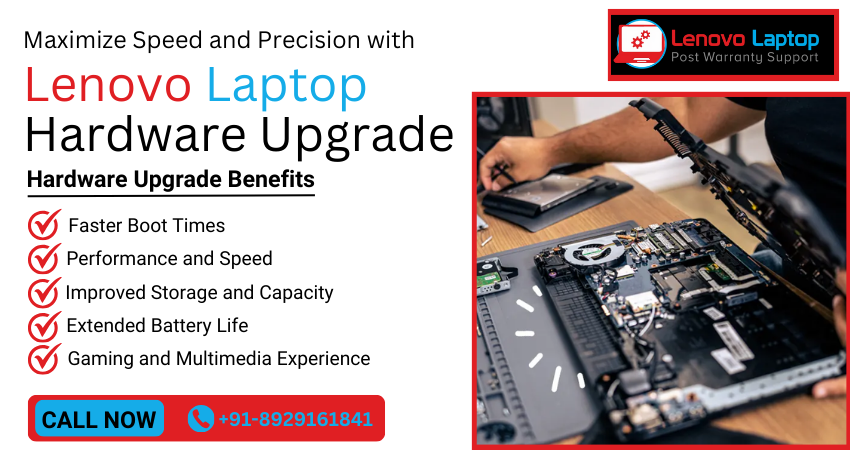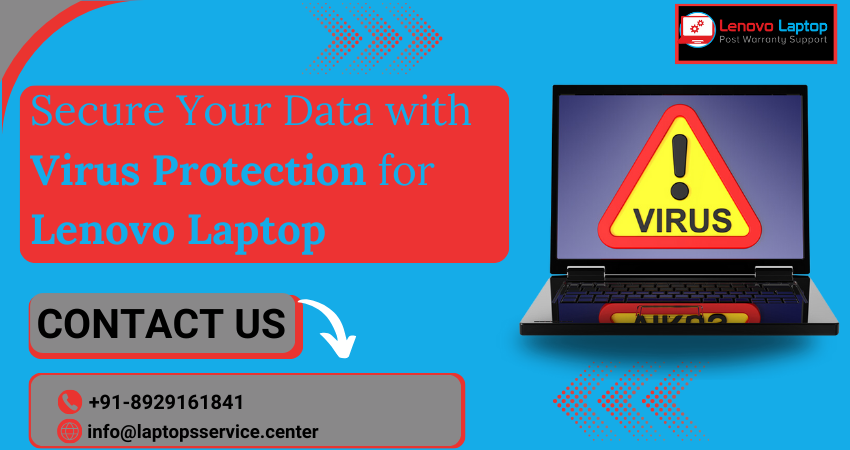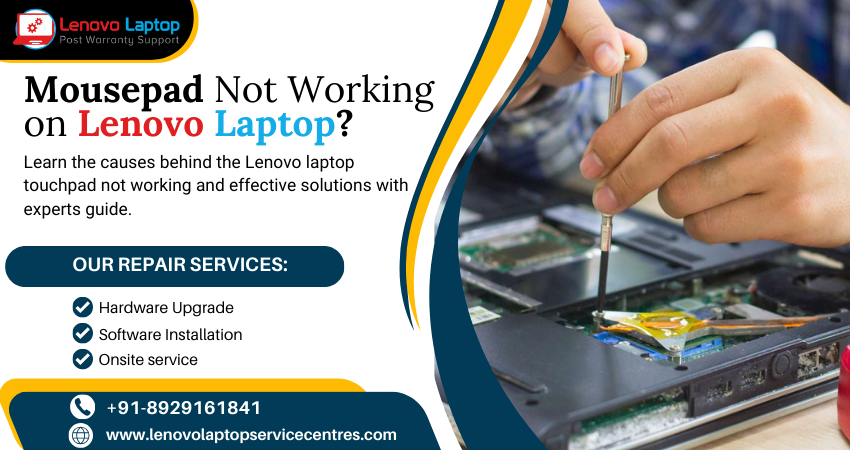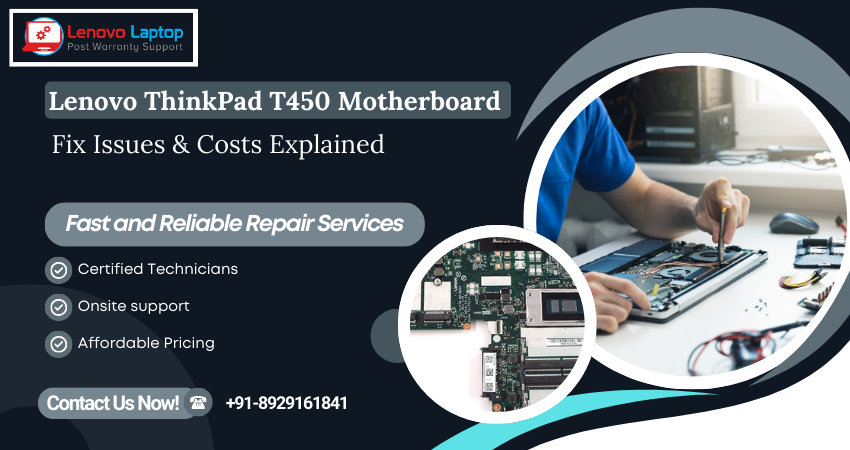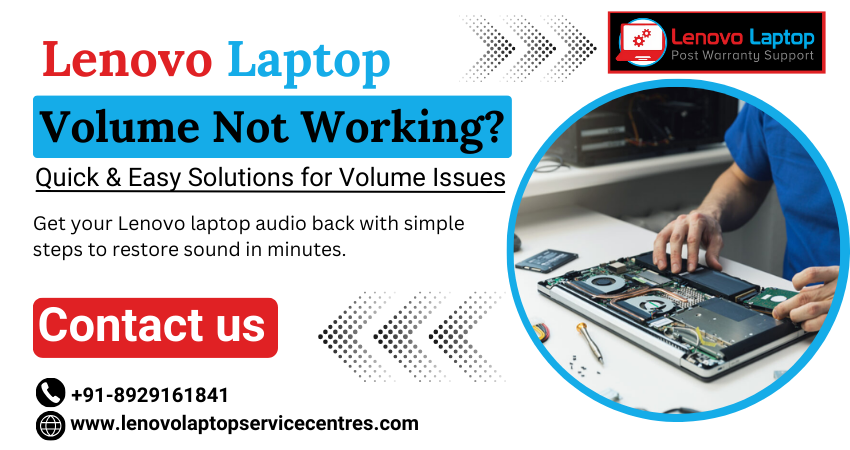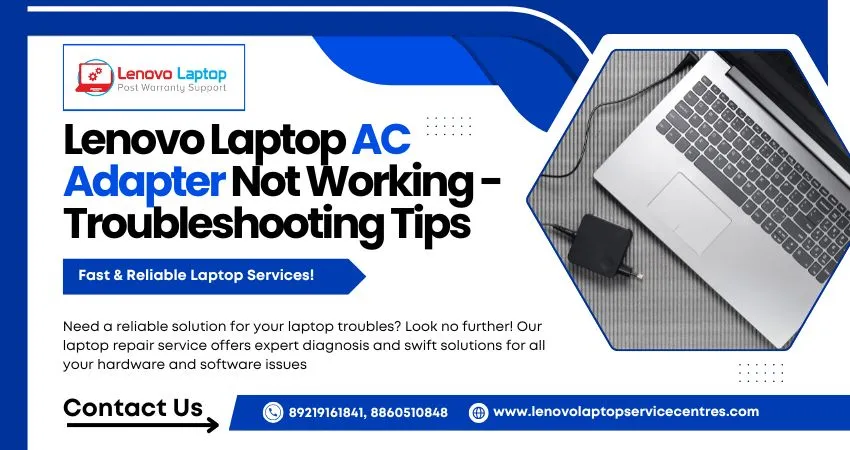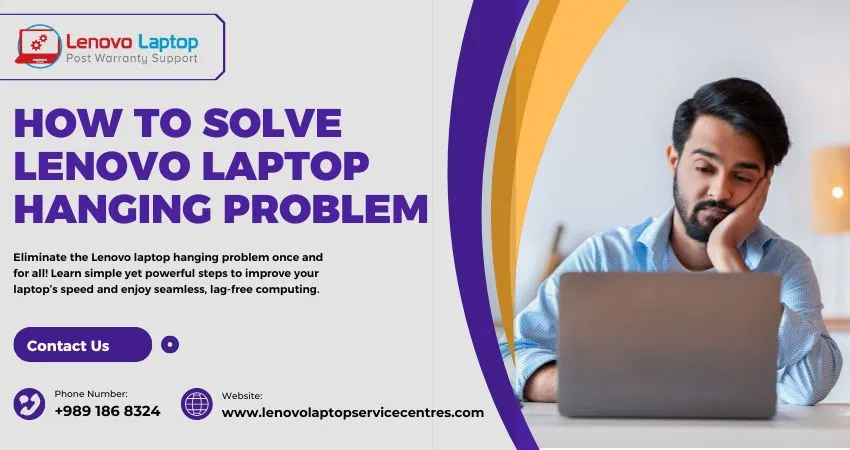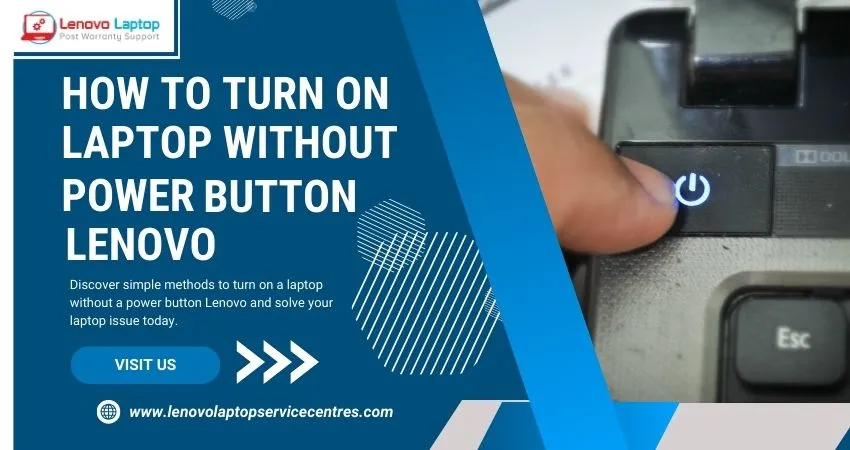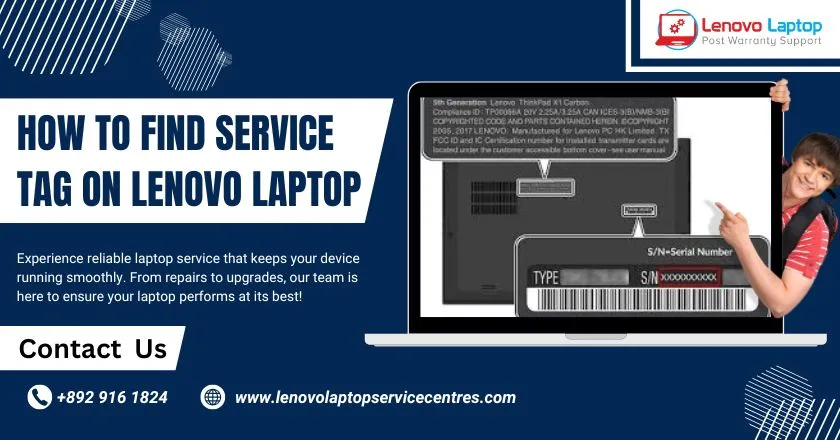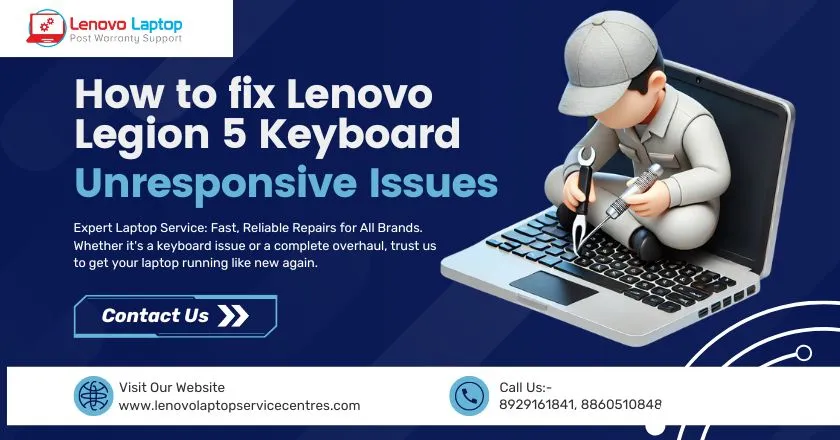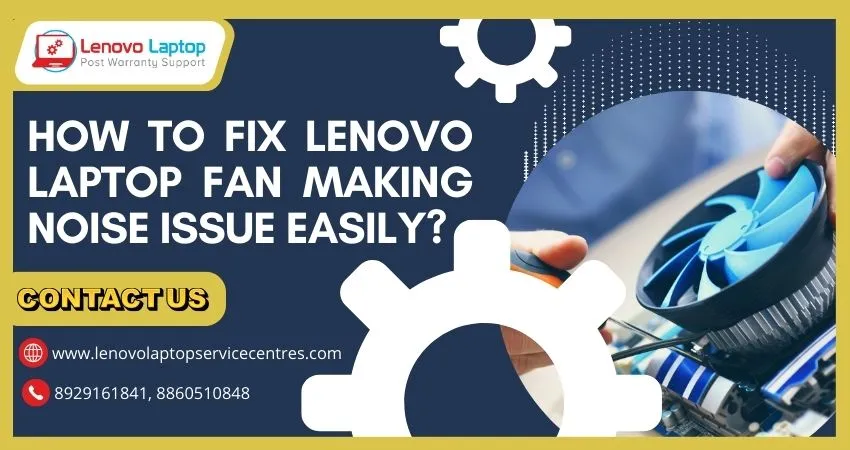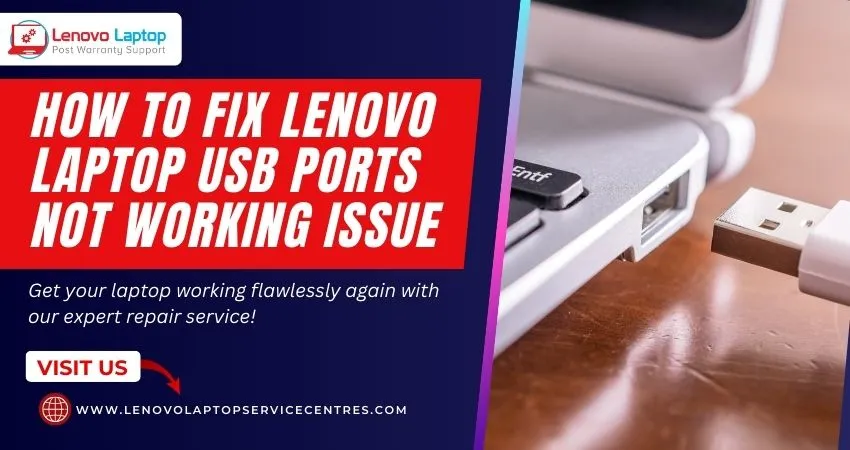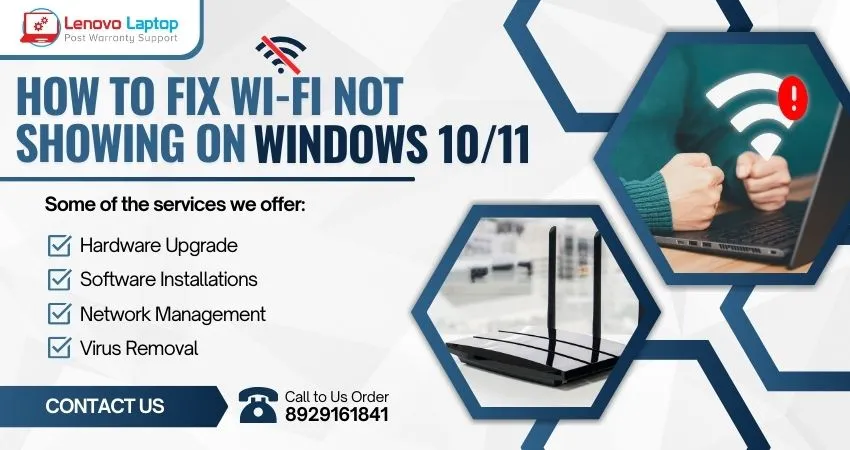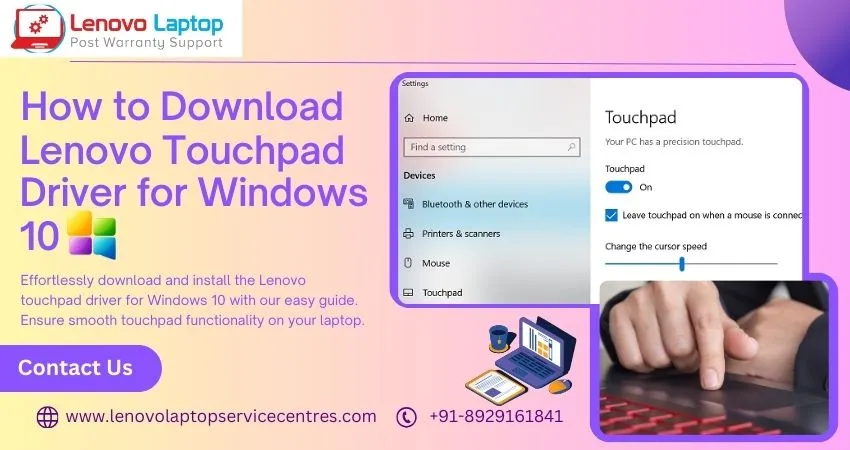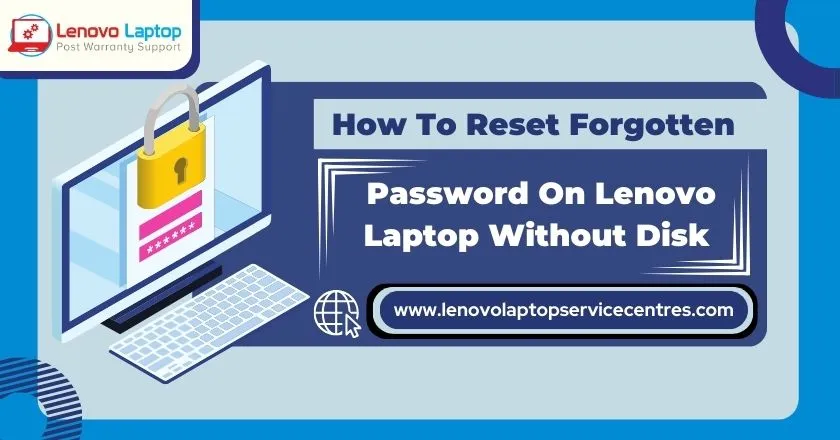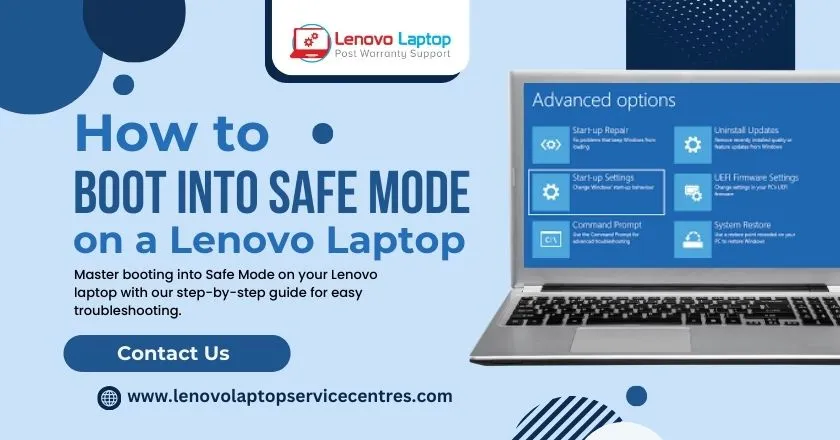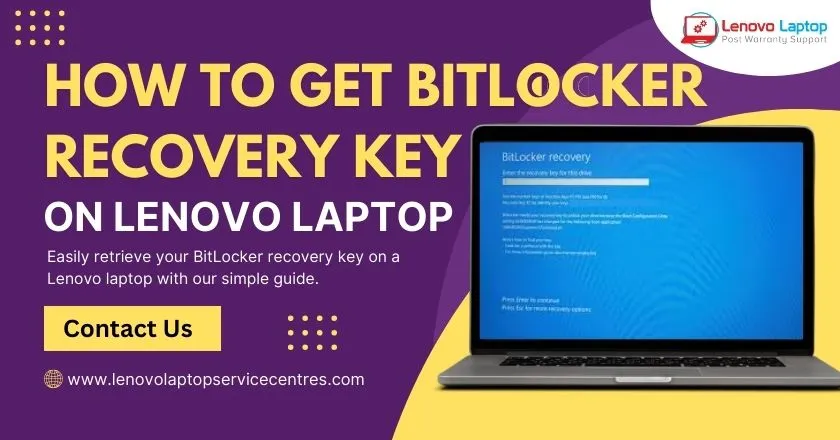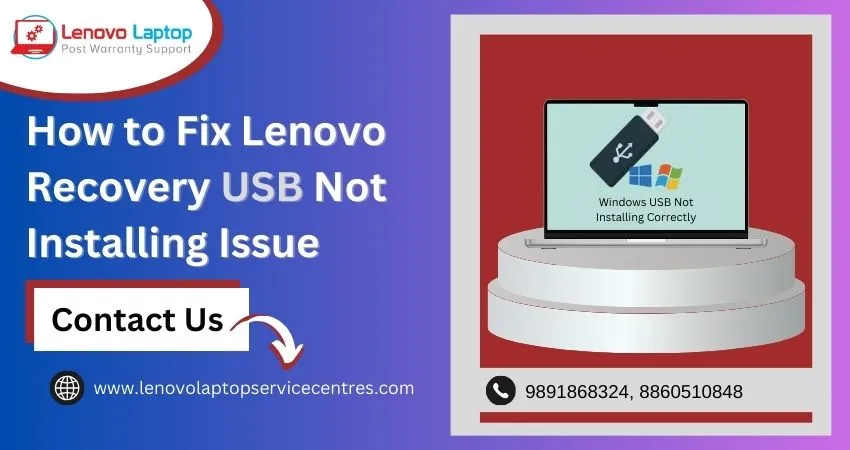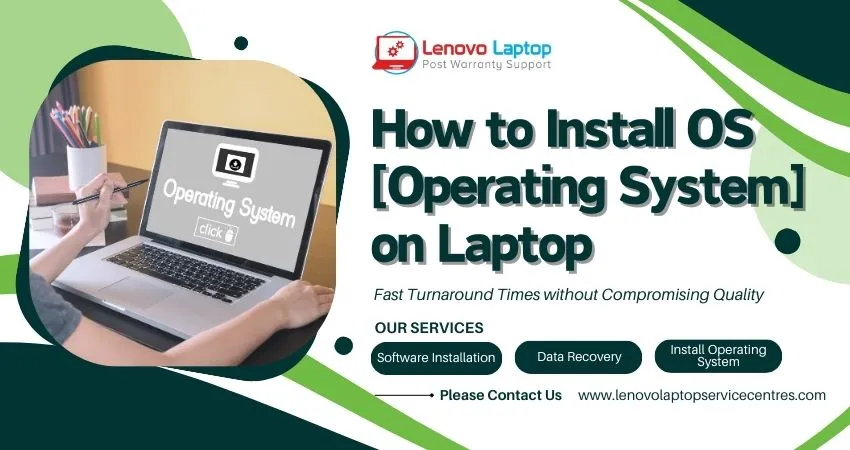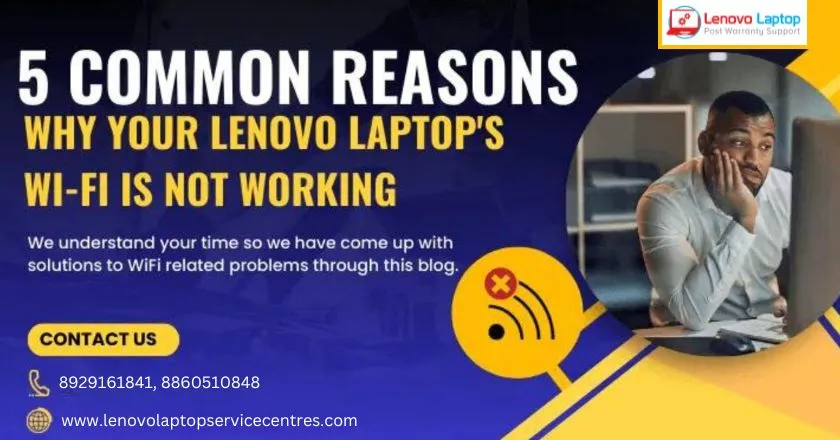Call Us: +91-7042640351, 9891868324
- Home
- 10 Ways to Speed Up Your Laptop After a Slow Windows Update
10 Ways to Speed Up Your Laptop After a Slow Windows Update
By Admin / 24 Oct 2024
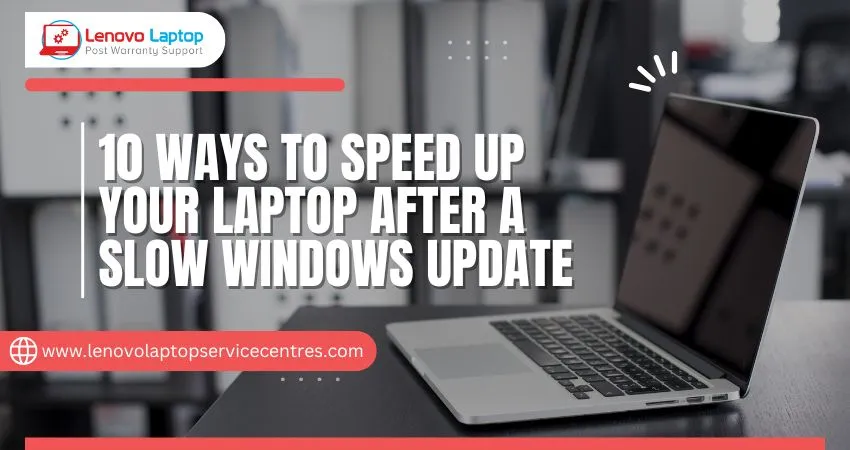
If you’ve noticed a significant drop in your laptop’s performance after a Windows update, you’re not alone. Many users experience sluggish performance following updates, which can be frustrating when you need your laptop to run smoothly. But don’t worry—there are several ways to speed up your laptop and get it back to optimal performance.
In this blog, we will cover 10 effective ways to speed up your laptop after a slow Windows update, helping you enhance performance and avoid unnecessary slowdowns. These methods range from simple system tweaks to more advanced adjustments that can increase laptop speed significantly.
Why Does Your Laptop Slow Down After a Windows Update?
Before we dive into the solutions, it’s essential to understand why your laptop is slow after a Windows update. Updates can sometimes introduce new features that demand more system resources, or they may trigger conflicts with existing software and drivers. Background processes can also pile up, slowing down your laptop over time.
Now that we’ve identified the root causes, let's explore how to speed up your laptop after a Windows update.
1. Disable Unnecessary Startup Programs
One of the most common causes of a slow laptop is having too many programs launch at startup. This can significantly delay boot times and reduce overall system performance.
- How to Speed Up Laptop by Disabling Startup Programs:
- Press `Ctrl + Shift + Esc` to open the Task Manager.
- Navigate to the Startup tab.
- Review the list of programs and disable those you don’t need to run when your laptop boots.
By reducing the number of startup programs, you can increase laptop speed right from the start.
2. Uninstall Unnecessary Software
Windows updates can sometimes install new apps or bloatware that you don’t need. Uninstalling these unnecessary applications can free up system resources and improve performance.
- Steps to Uninstall Software:
- Navigate to Settings and select Apps, then click on Apps & Features.
- Scroll through the list and uninstall any software you no longer need or use.
This simple action will speed up your laptop by freeing up space and reducing the workload on your processor and memory.
3. Update Your Drivers
Outdated drivers can be a significant cause of performance slowdowns after a Windows update. Ensuring your drivers are up to date can resolve compatibility issues and help your system run more efficiently.
- How to Update Drivers:
- Right-click on the Start button and select Device Manager.
- Look for any devices with a yellow exclamation mark indicating an outdated driver.
- Right-click on the device and select 'Update Driver' from the menu.
By updating your drivers, you can increase laptop speed and ensure smoother performance.
4. Optimize Your Power Settings
Windows often defaults to power-saving modes that can limit your laptop’s performance. Switching to a high-performance power plan can give your laptop the boost it needs.
- How to Optimize Power Settings:
- Go to Control Panel > Power Options.
- Select the High Performance mode from the power plan options.
This adjustment can speed up your laptop by maximizing your system’s processing power.
5. Clear Out Temporary Files and Cache
Over time, your laptop accumulates temporary files and cached data, which can clog up the system and slow performance. Regularly cleaning these files can help keep your laptop running smoothly.
- How to Speed Up Laptop by Clearing Temporary Files:
- Press `Windows + R`, type %temp%, and hit Enter.
- Erase all the files found in the temporary folder.
Additionally, use Disk Cleanup to remove unnecessary system files and free up valuable space.
6. Adjust Visual Effects for Better Performance
Windows includes many visual effects like animations and shadows, which can slow down your laptop, especially if it’s not a high-performance machine. Adjusting these settings can help increase laptop speed.
- How to Adjust Visual Effects:
- Press `Windows + X` and select System.
- Go to Advanced system settings > Performance Settings.
- Choose Adjust for best performance to disable all unnecessary visual effects.
This will free up resources, helping to speed up your laptop.
7. Check for Malware and Viruses
Malware and viruses can cause your laptop to slow down significantly. Performing a comprehensive system scan with a trusted antivirus program can identify and eliminate any harmful software.
- Steps to Scan for Malware:
- Open your antivirus software.
- Run a full scan to identify and remove any threats.
By removing malware, you can ensure that your system resources aren’t being consumed by harmful programs, helping to speed up your laptop.
8. Defragment Your Hard Drive
If you're using a traditional hard drive (HDD), defragmenting it can enhance performance by reorganizing data for more efficient access. This process is not necessary for solid-state drives (SSDs), as they do not benefit from defragmentation.
- How to Defragment Your Hard Drive:
- Navigate to Start > Defragment and Optimize Drives.
- Select your hard drive and click Optimize.
This can increase laptop speed by improving data retrieval times, making your system run smoother.
9. Perform a Clean Boot
A clean boot allows you to start your laptop with only the essential Windows services running. This can help identify and eliminate any problematic programs that might be slowing down your laptop after a Windows update.
- How to Perform a Clean Boot:
- Press `Windows + R`, type msconfig, and hit Enter.
- Navigate to the Services tab, select Hide all Microsoft services, then click Disable all.
- Go to the Startup tab and click Open Task Manager to disable startup items.
Restart your laptop and see if the performance improves. If it does, you can slowly enable services one by one to find the culprit.
10. Install an SSD (Solid-State Drive)
If your laptop is still running slowly after trying the above methods, you may want to consider upgrading to an SSD. Unlike traditional hard drives, SSDs significantly increase laptop speed by allowing faster data access and processing.
- How to Install an SSD:
- You can either replace your laptop’s current hard drive or install an additional SSD, depending on your laptop’s configuration.
An SSD upgrade is one of the most effective ways to speed up your laptop, especially after a Windows update that might have introduced heavier system requirements.
Laptop Performance Issues? Let Us Help You Speed It Up!
If your laptop is slow and you’ve tried solving the issue yourself without success, don’t worry! At Laptop Service Center, we specialize in resolving all kinds of laptop performance issues, including those caused by slowdowns after Windows updates. Our certified technicians are experts in diagnosing and fixing issues to help speed up your laptop effectively. Whether it’s a software issue, hardware malfunction, or an upgrade you need, we offer professional services tailored to your laptop’s needs. For fast and reliable solutions, contact us today at 8929161841 or 8860510848. Let us help you get your laptop running smoothly again, so you don’t have to struggle with sluggish performance any longer.
Read More: Is Your Lenovo Laptop Running Slow? Here's What You Can Do
Conclusion: How to Speed Up Laptop Effectively
If your laptop is slow after a Windows update, following these 10 tips can help you restore its performance. From simple solutions like disabling startup programs and clearing temporary files to more advanced steps like upgrading to an SSD, there are many ways to ensure your laptop runs smoothly.
With regular maintenance and optimization, you can increase laptop speed and prevent future slowdowns, ensuring that your device stays efficient and reliable for years to come.
If you’re still wondering how to speed up laptop performance, consider professional help for more complex issues. Whether it’s upgrading hardware or resolving system conflicts, these steps will help ensure your laptop performs at its best even after major system updates.
 Share
Share
 Tweet
Tweet
 Share
Share
 Share
Share
Recent Post
-
Cannot Load Driver ENE.SYS? Try These 6 Fixes!
12 Dec 2024
-
How to Solve Lenovo Laptop Hanging Problem
26 Oct 2024
-
How to Restart Lenovo Laptop with Black Screen
22 Oct 2024
-
Lenovo Laptop Power Button on but no Display
02 Sep 2024
-
How to Fix Wi-Fi Not Showing on Windows 10/11
30 Aug 2024
-
Lenovo Laptop Touchpad Replacement Cost in India
28 Aug 2024
-
How to Unlock a Locked Lenovo Laptop Keyboard
12 Aug 2024
-
How to Boot Into Safe Mode On a Lenovo Laptop
31 Jul 2024
-
How to Check Lenovo Laptop Fan is Working or Not
09 Jul 2024
-
How to Fix Bluetooth Problem in Lenovo Laptop
05 Jul 2024
-
How to Install OS (Operating System) on Laptop
27 Jun 2024
-
How to Fix It When Windows 11 Won't Shut Down
21 Jun 2024
-
Lenovo E-41 25 Panel Replacement Cost in India
31 May 2024
-
How to Fix Stuck Keys on Lenovo Laptop Keyboard
30 May 2024
-
Lenovo Laptop Black Screen Issue on Windows 11
17 Apr 2024
-
How to Download Lenovo Vantage for Windows 11
15 Apr 2024
-
How to Get Lenovo Accidental Damage Protection
11 Apr 2024
-
Lenovo System Update Download For Windows 11
06 Apr 2024
-
Lenovo Laptop Security Issues in windows 11
04 Apr 2024
-
How to Check Battery Health in Lenovo Laptop
30 Mar 2024
-
How to Run Hardware Diagnostics on Lenovo Laptop
20 Dec 2023
-
How to find model number of lenovo laptop
18 Dec 2023
-
How to Update Drivers in Lenovo Laptops
02 Dec 2023
-
Why is my lenovo laptop making a buzzing noise
28 Nov 2023
-
Best Guide: Resolve Lenovo Laptop Touchpad Issue
11 Oct 2023
-
How to Troubleshoot Lenovo Laptop Battery Issues
16 Aug 2023
-
Lenovo Laptop Hinges Repair or Replacement Cost
09 Aug 2023
-
How to Find Lenovo Laptop Serial Number
08 Aug 2023
-
Lenovo Laptop SSD Upgradation Cost
18 Jul 2023
-
Lenovo Laptop Camera Replacement Cost
18 Jul 2023
-
Lenovo Laptop Battery Replacement Cost
13 Jul 2023
-
Lenovo Laptop Screen Replacement Cost
12 Jul 2023
-
Lenovo Laptop Keyboard Replacement Cost
12 Jul 2023
-
How to Fix Camera Issue in Lenovo Laptop
07 Jul 2023
-
How to Format Lenovo Laptop with USB
06 Jul 2023
-
How to Increase Battery Life on a Lenovo Laptop
21 Jun 2023
-
How to Fix White Screen on Lenovo Laptop
20 Jun 2023
-
Lenovo Laptop Motherboard Replacement Cost
19 Jun 2023
-
How do I stop my Lenovo laptop from overheating?
16 Jun 2023
-
What is Cost of Lenovo Laptop in India?
22 Sep 2022
-
Lenovo Laptop Problems Black Screen
21 Sep 2022
Looking For A Fast & Reliable Laptop Repair Service
We have professional technicians, fast turnaround times and affordable rates. Book Your Repair Job Today!
Submit Your Query

We specialize in all types of laptop services and provide reliable and quality door step service to our clients
- Plot No 135, 2nd Floor, Kakrola Housing complex main market road , Near Metro Pillar no. 789, Nearest Metro Stn. Dwarka Mor, Dwarka, New Delhi-110078 India.
- +91-7042640351,+91-9891868324
- info@bsslaptoprepaircenter.com
- Shop No.126, Patel Chawel,Near Cigarette Factory,Chakala,Andheri East,Mumbai-400099
- +91- 9891868324,+91-8860510848
- Monday - Sunday (10 am to 7 pm)
QUICK LINKS
SERVICE CENTER IN DELHI
DISCLAIMER: Any product names, logos, brands, and other trademarks or images featured or referred to within website are the property of their respective trademark holders. Moreover https://lenovolaptopservicecentres.com/ is neither associated nor affiliated with Lenovo or Lenovo India. Logos and Images are being used only for representation purpose of post warranty Lenovo laptop support and service. BS System Solutions is an independent organization.
BS System Solutions | All Rights Reserved
Design by Attractive web Solutions
